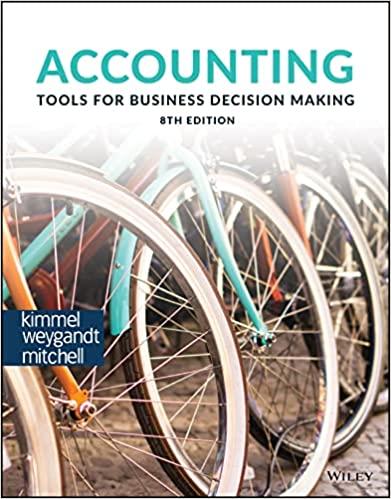Question
please answer all the questionss.,.within 30 minutes. make sure the explanation and reasons are explained in very detailed manner as in why the chosen option
please answer all the questionss.,.within 30 minutes. make sure the explanation and reasons are explained in very detailed manner as in why the chosen option is right and why other options are wrong. else leave it for other tutor otherwise i will give negative ratings and will also report your answer for unprofessionalism. Make sure the answer is 100% correct and IS NOT COPIED FROM ANYWHERE ELSE YOUR ANSWER WILL DOWNVOTED AND REPORTED STRAIGHTAWAY. USE YOUR OWN LANGUAGE WHILST WRITING.
ATTEMPT THE QUESTION ONLY IF YOU ARE 100% CORRECT AND SURE. ELSE LEAVE IT FOR ANOTHER TUTOR. BUT PLEASE DONT PUT WRONG ANSWER ELSE I WILL REPORT.
Make sure all the options whether correct or incorrect are explained properly. Dont just tell what option is correct and its reasoning clearly show the reasoning why the options are incorrect as well. Otherwise i will report the answer for sure and downvote it.

Step by Step Solution
There are 3 Steps involved in it
Step: 1

Get Instant Access to Expert-Tailored Solutions
See step-by-step solutions with expert insights and AI powered tools for academic success
Step: 2

Step: 3

Ace Your Homework with AI
Get the answers you need in no time with our AI-driven, step-by-step assistance
Get Started


